Table of contents
Guest writer: Jonathan Gharbi de Maré
Central Asia with all the countries in the city may seem a little too exotic and difficult to visit, but this is no longer the case. Since a few years back it is visa-free for us EU citizens to several of the countries. In this first part of the series on Central Asia, we start with Uzbekistan.
Before 2017, when the country's former leader ruled the tightly closed country, around 10 Swedes visited the country per year, but this has increased to a few thousand annual visitors. Some visit the country as part of an organised group tour of Central Asia while others travel alone.
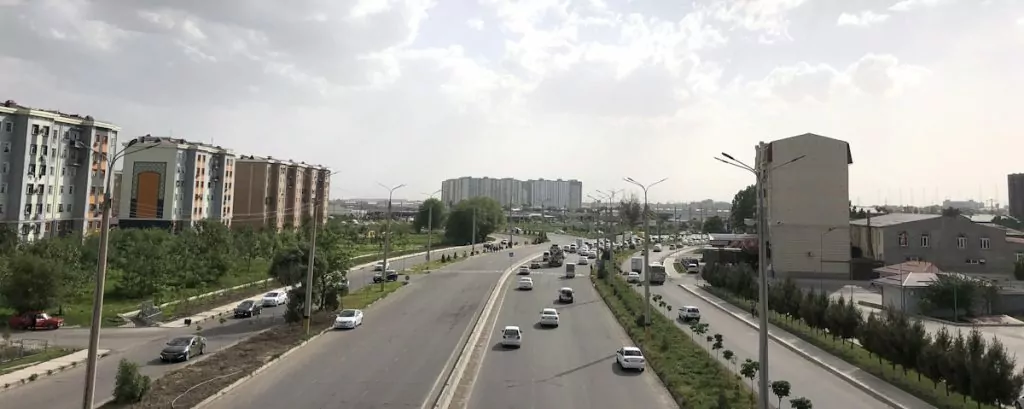
Sure, it's tricky when no one speaks English but it usually works out if you have some patience and time to spare, the people are after all very helpful. A small part speaks Russian but all of Central Asia speaks a form of Turkish so if you can count to a hundred in Turkish you can negotiate much better when travelling around.
The trickiness factor is also not so high, so it's not like the market in Marrakech or the centre of Istanbul where you have to halve everything, but here you can just round down.
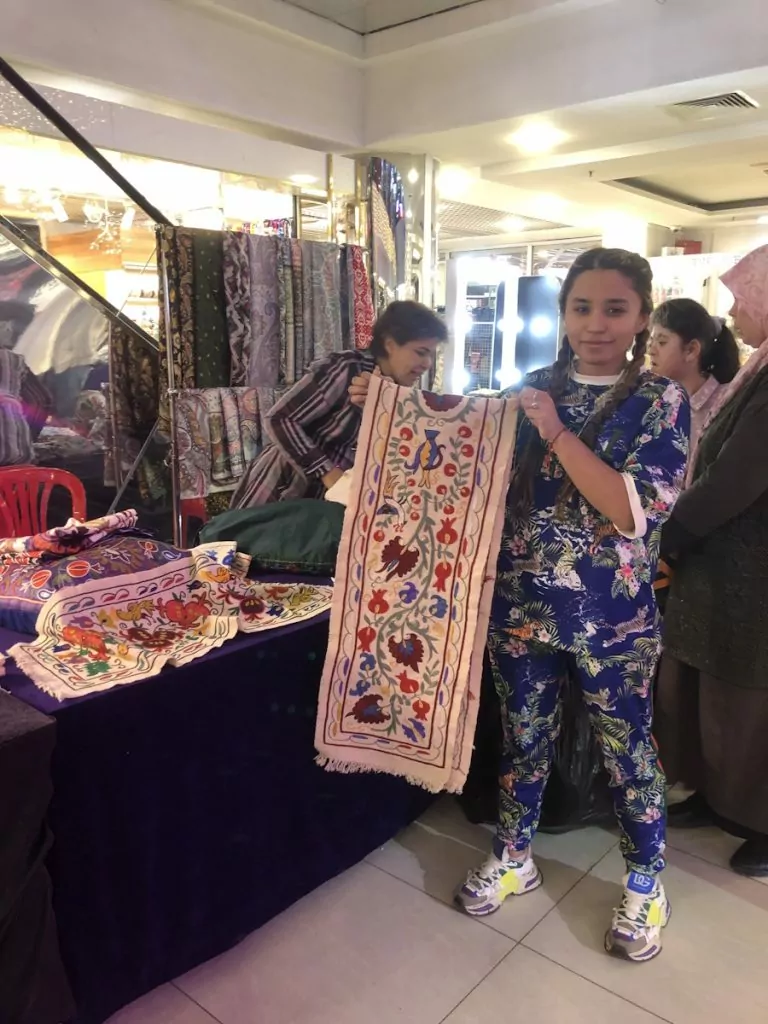
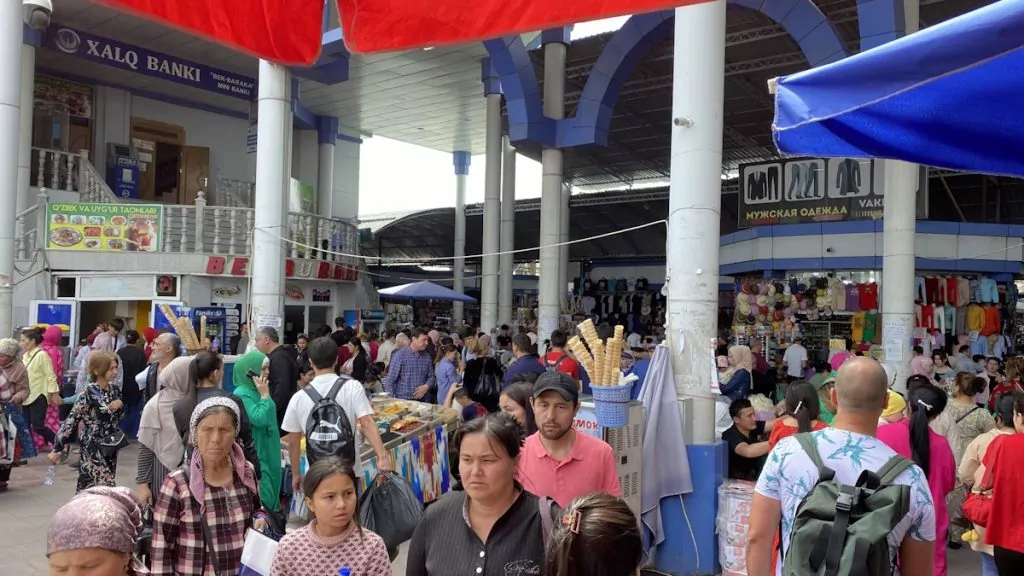
Samarkand and the Silk Road
Fast train connects the capital Tashkent with mythical Samarkand, where the richly decorated buildings of the Registan bear witness to the riches of the thousand-year-old Silk Road.
Silk and other goods were transported from China through Uzbekistan, with Samarkand being one of the main trading centres, although Bukhara and Chiva were also important trading centres. What sets Uzbekistan apart is its rich history, beautiful porcelain and buildings with influences from across the region.
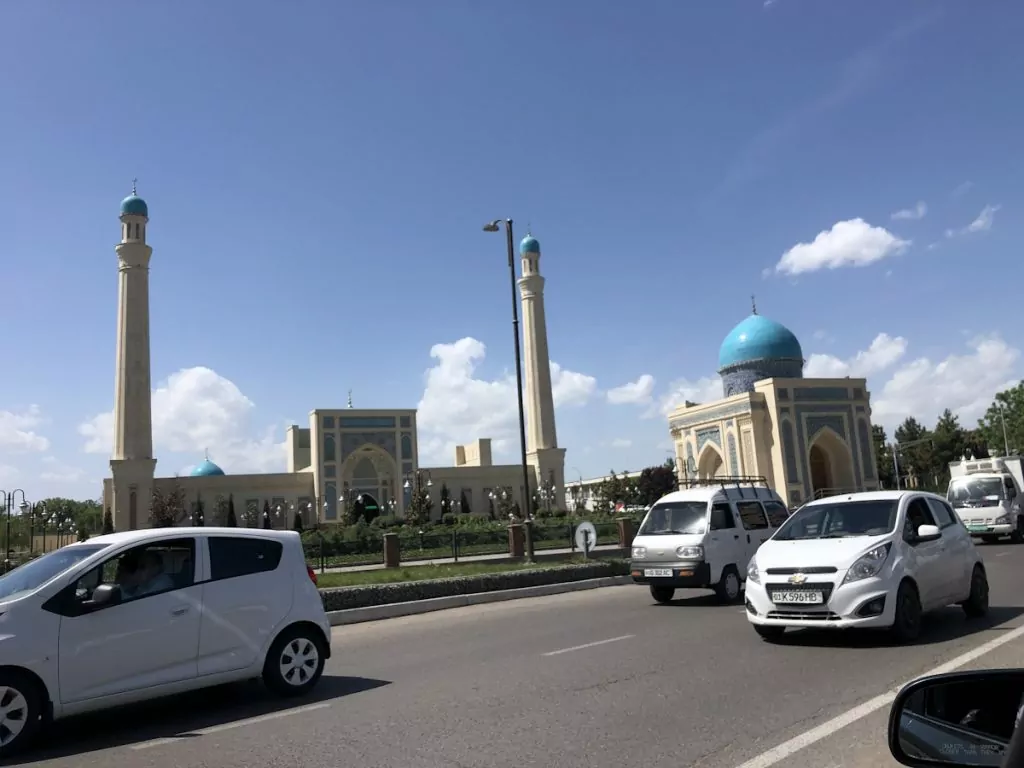
Tashkent and food culture
Samarkand is probably better known outside Uzbekistan than the capital itself. But Tashkent feels like a real city, not only because of the more than two million people living there, but also because of the Soviet architecture.
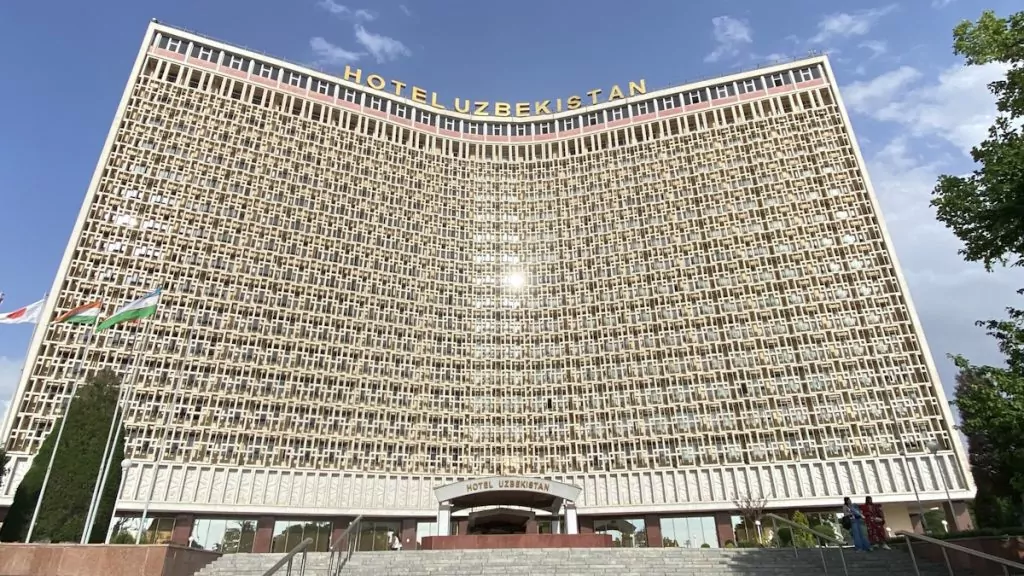
The 1966 earthquake also helped rebuild large parts of the city in the Soviet style with huge squares, roads and green spaces. It's not like the small alleys of Paris, in Tashkent there can easily be 200 metres between houses so it takes a while to pass a block.
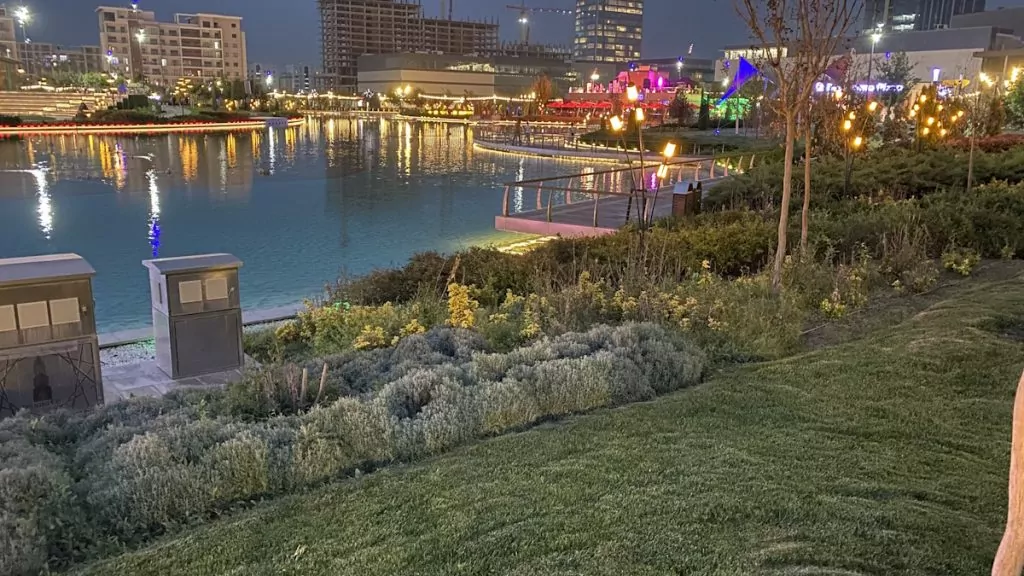
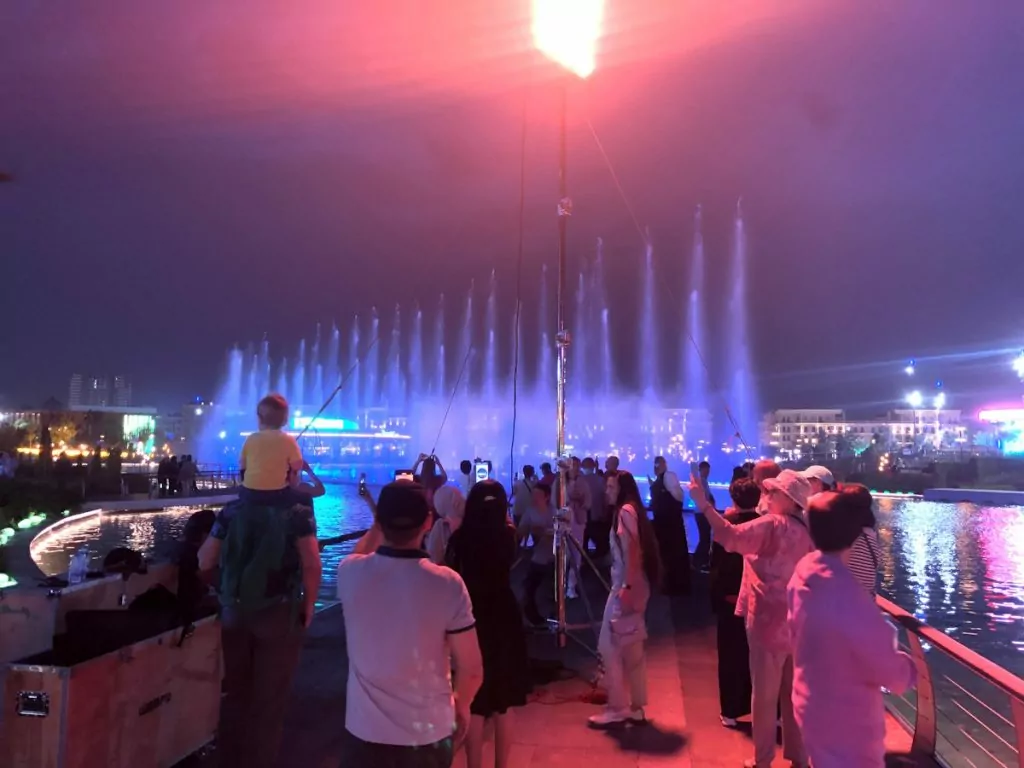
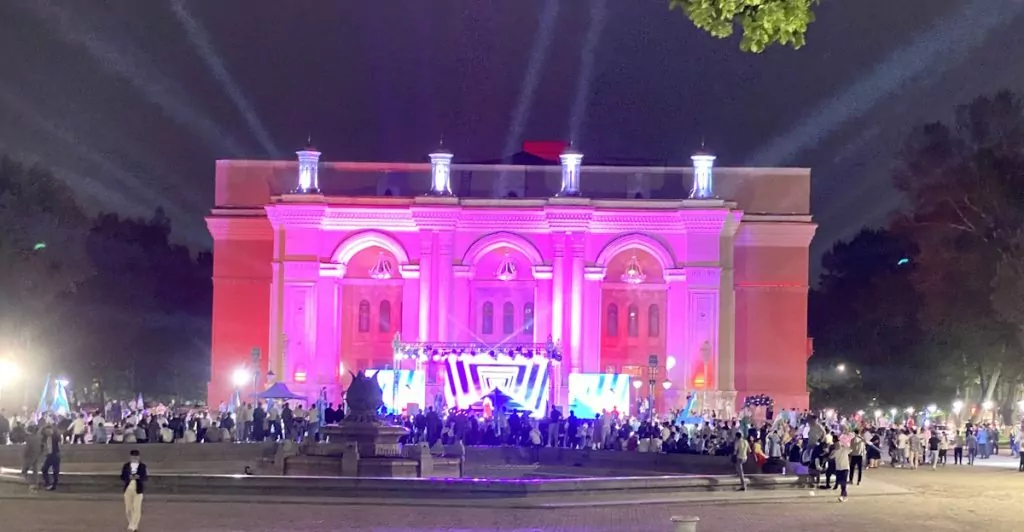
The best thing about Tashkent is the food, if you have an interest in food it is probably the best city in Central Asia. Everywhere you can find ovens where they cook samsa (samosa) or the classic breads.
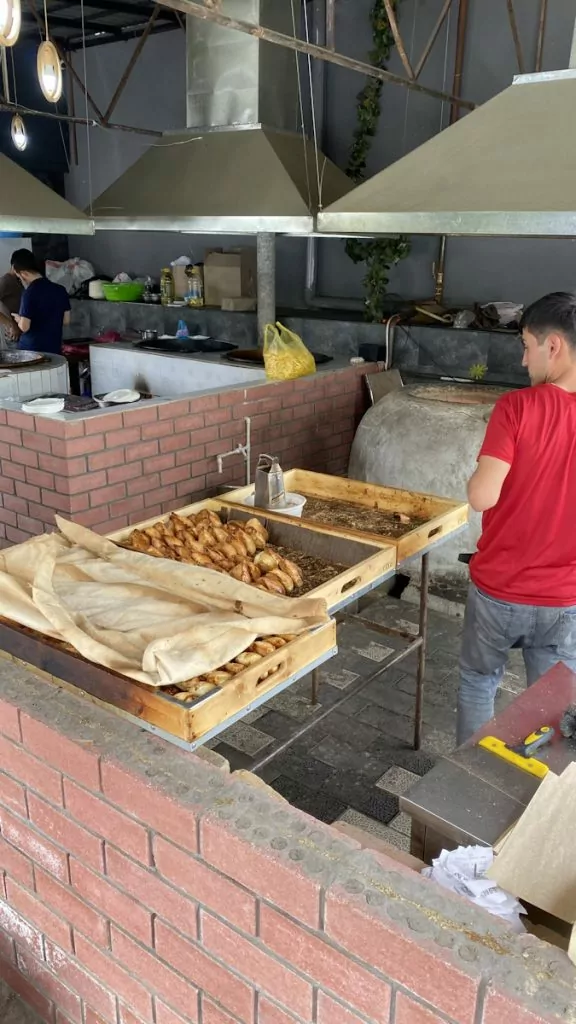
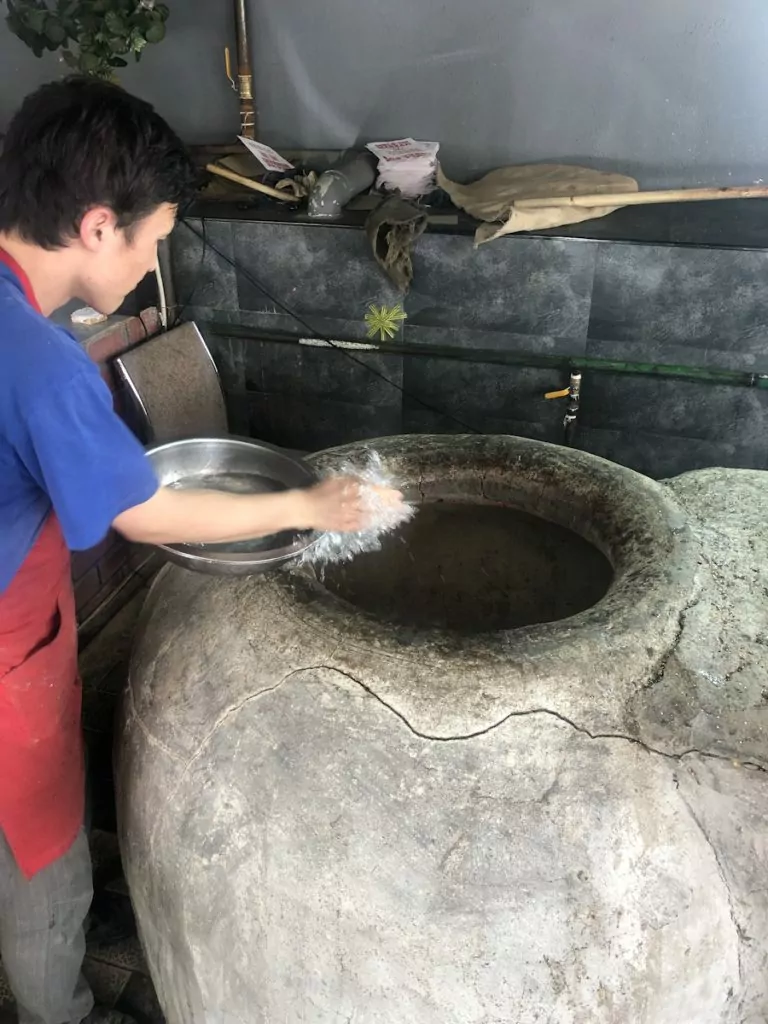
The Lagman soup takes time to cook but is the one to eat with bread.
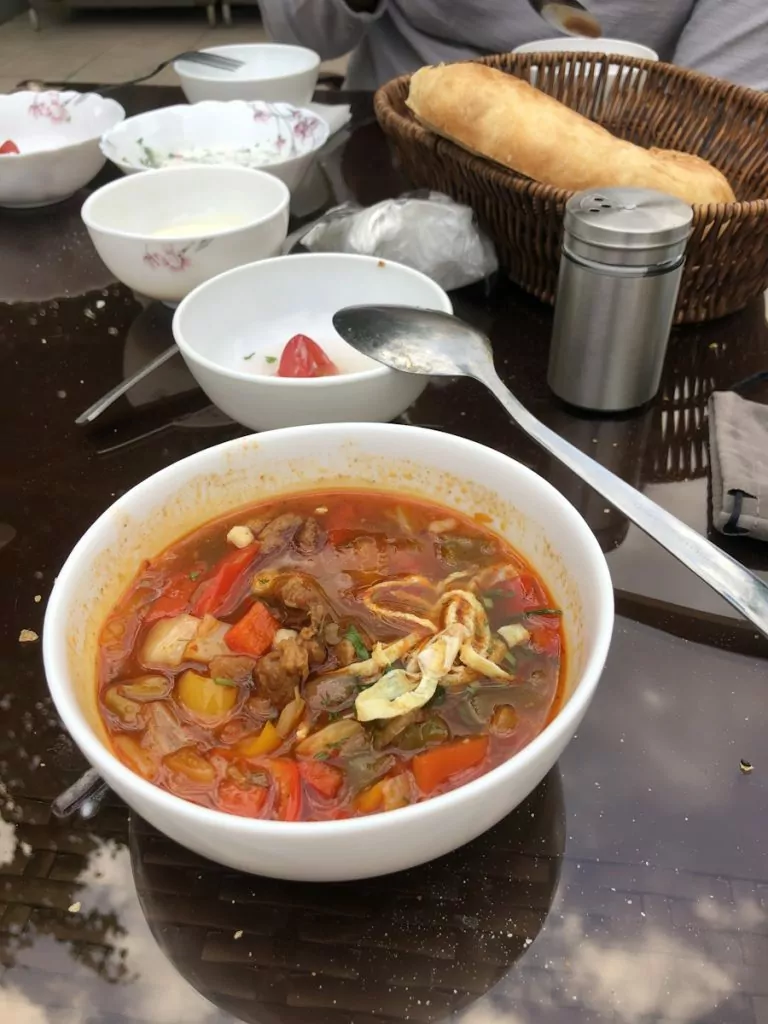
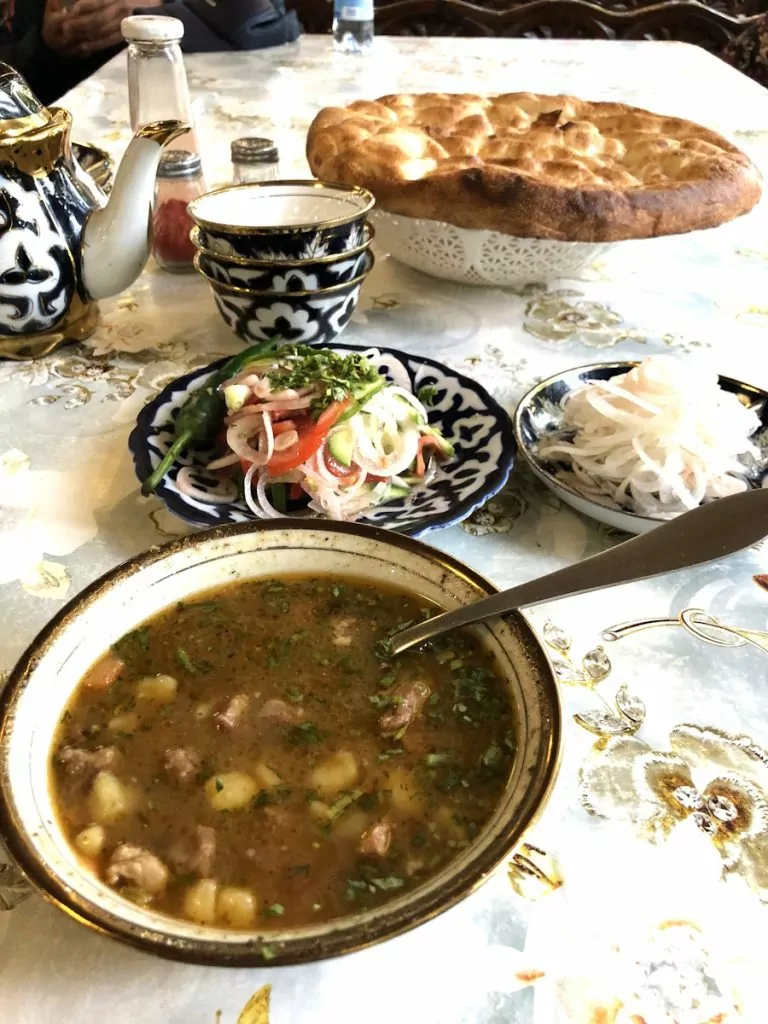
Pilaff is cooked everywhere in huge wok pans and it is a delight to see how they cook pilaff with a huge shovel and large amounts of vegetables and meat being mixed.
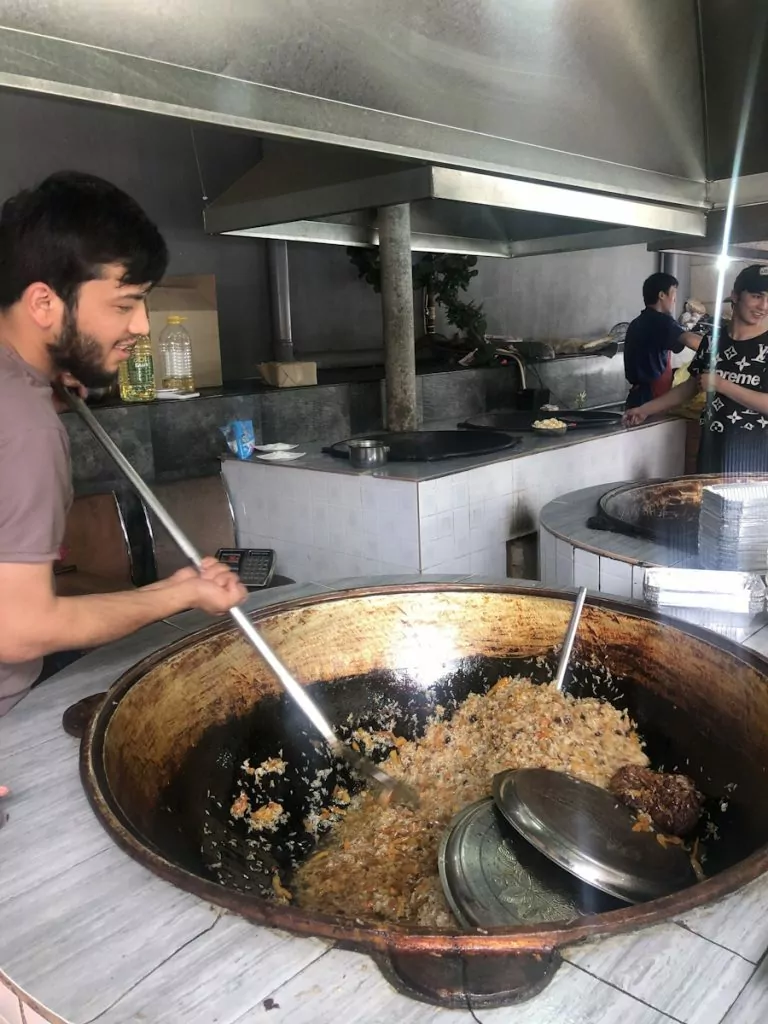
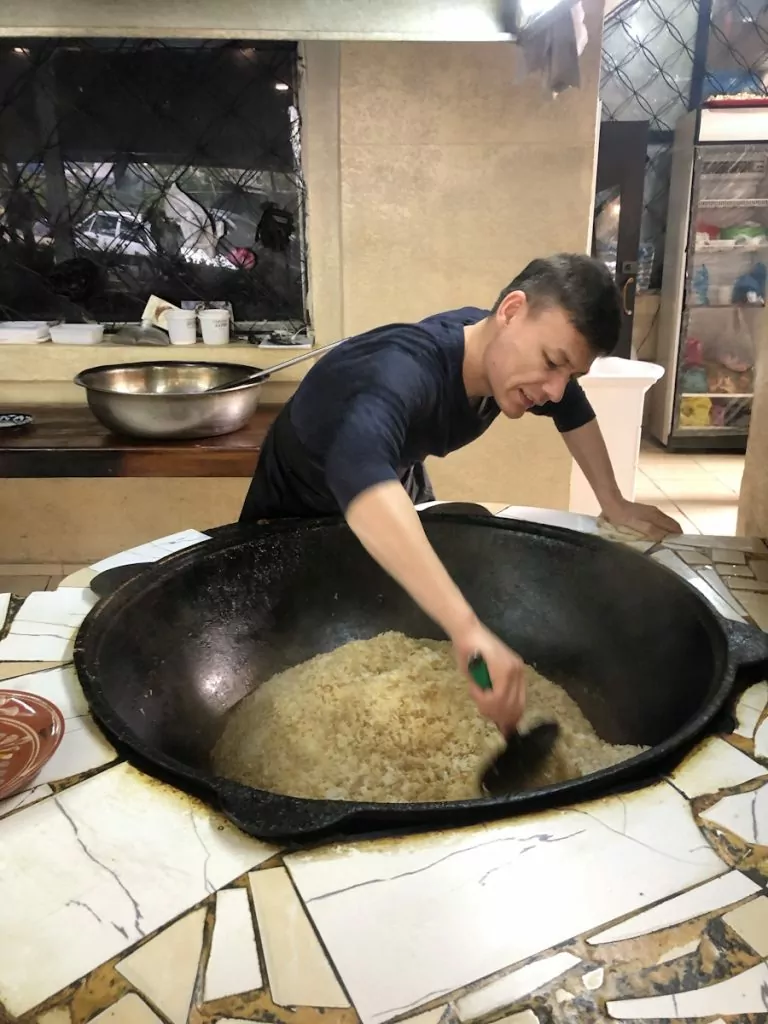
In Tashkent you also get an insight into what it was like under the Soviet Union. The country was so closed before 2017 that tourists are sometimes asked to take selfies with Uzbeks who have never spoken to Westerners before.'
It is truly a journey through time and space and you can really feel what it was like before the Soviet Union collapsed in 1991. Modern cafes and bars are mixed with traditional restaurants and traditions. The country is Muslim but secular and much more liberal than North African countries. More on local beer and wine in the next article.
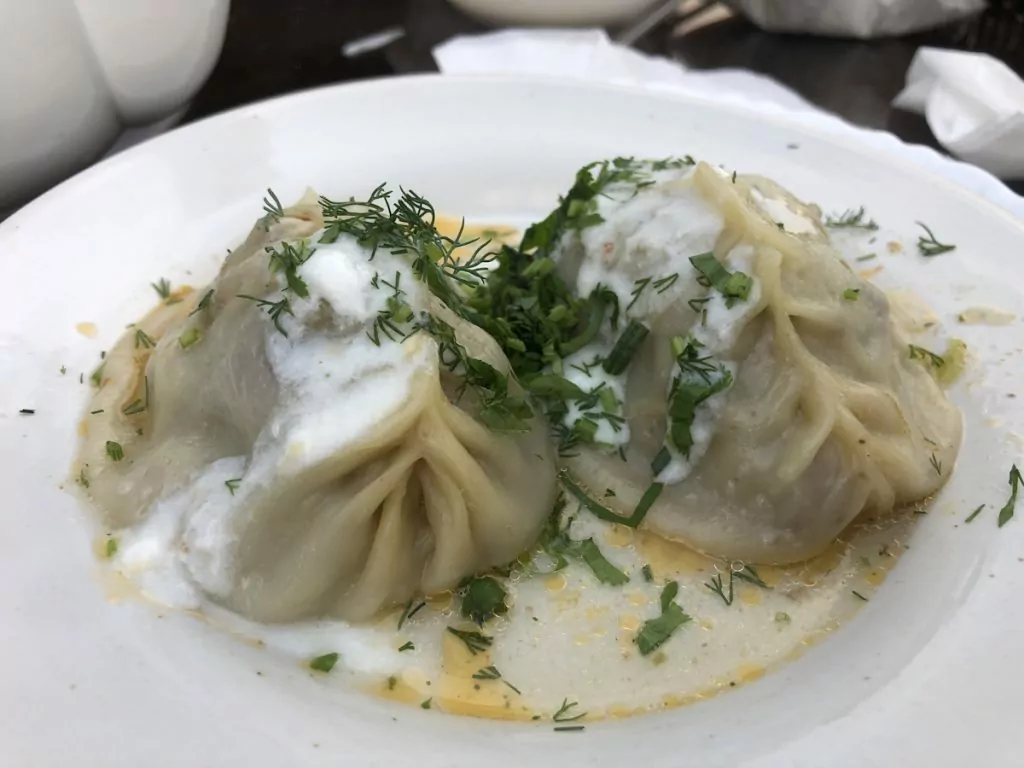
Places to visit in Tashkent
First and foremost, it's the people, the food and the atmosphere that you should feel in the first few days. Just walking around, seeing the metro stations and visiting the major squares and buildings takes time.
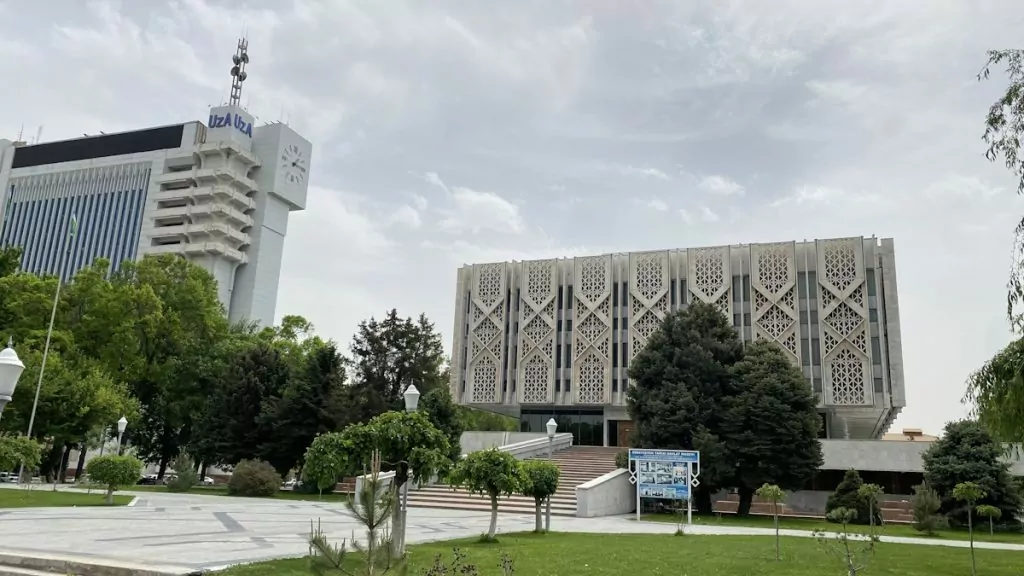
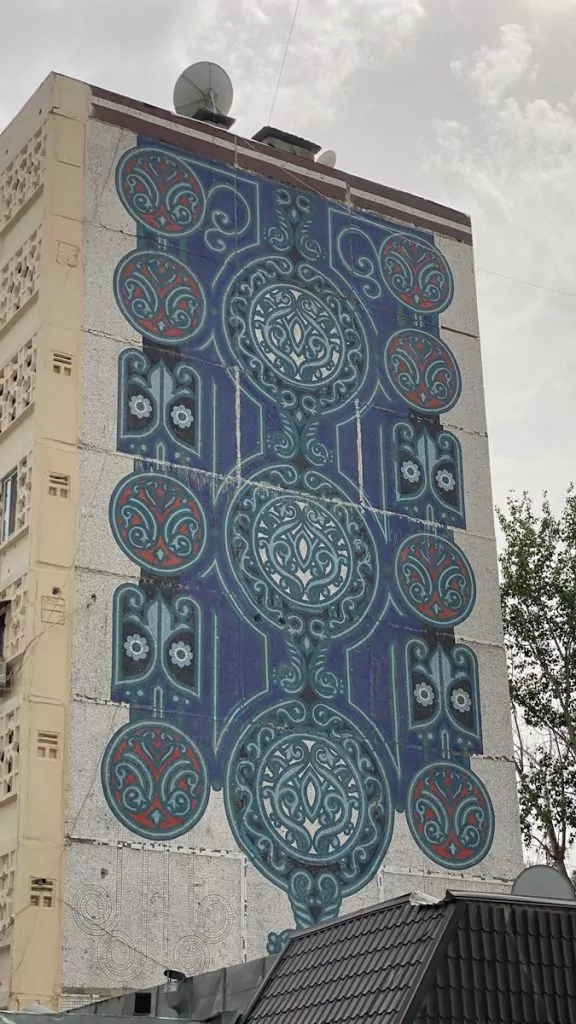
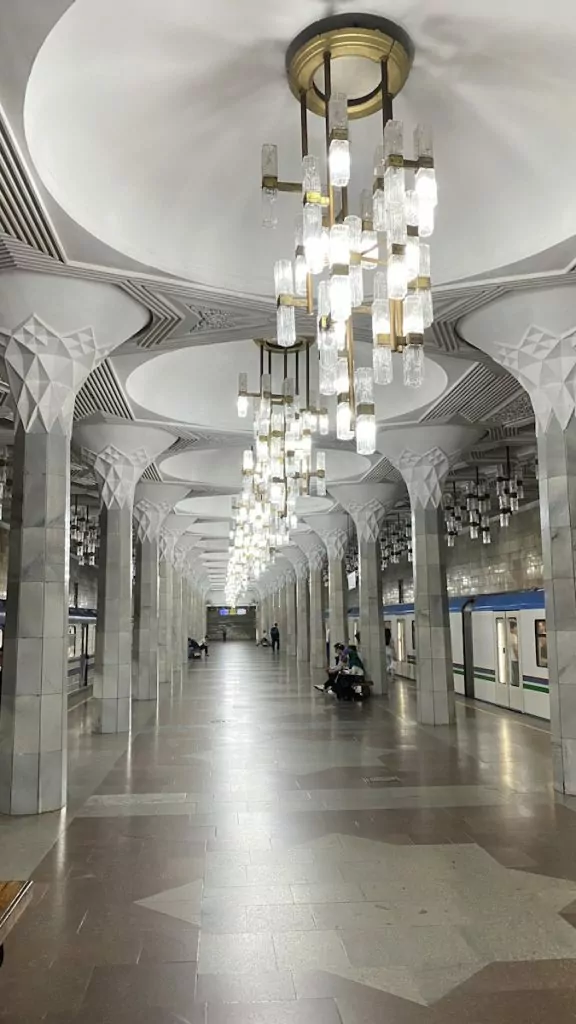
Timur square is the centre of the city and there is a nice walking path near the square. Many people visit the Chorsu bazaar and some of the larger mosques but take a few days to experience the history of Tashkent. Take a taxi to the huge Chinni Market where you'll find the beautiful teacups and saucers you see everywhere in Uzbekistan at really good prices.
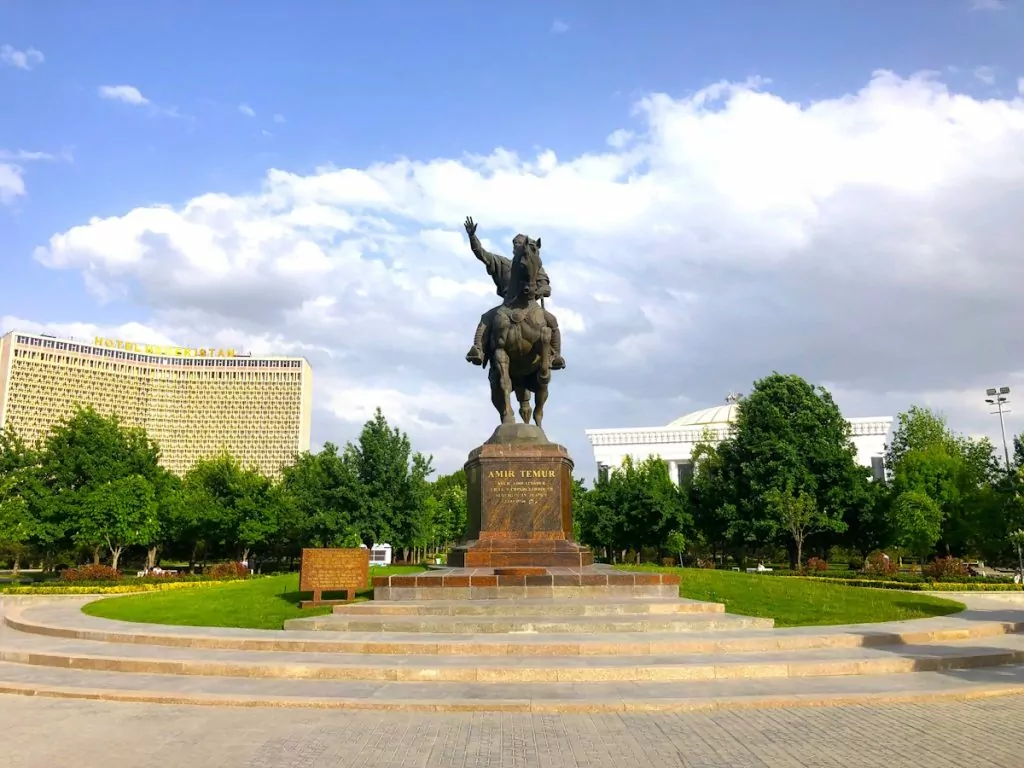
There are neither tourists nor tourist prices here so it will be a real bargain for those who have thrown away all the tea and coffee cups at home. The market is also located on the outskirts of the city so it is a nice trip there and you can take the metro almost all the way or a taxi that takes around 30 minutes and costs around 40 kronor.
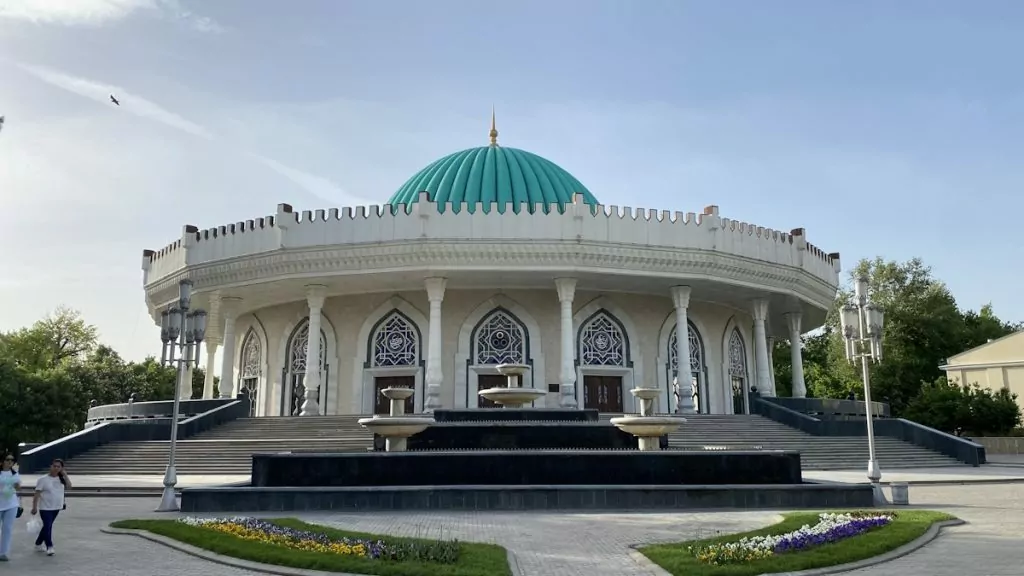
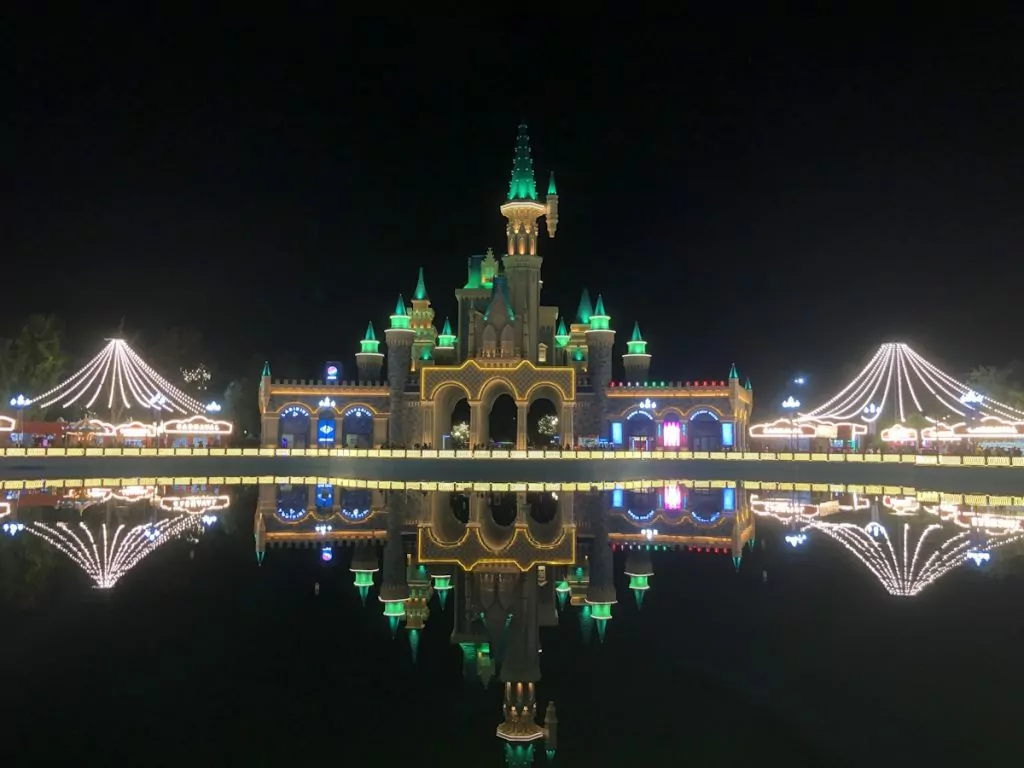
Excursions to the mountains around Tashkent
The mountains around Tashkent are pleasantly green and you can easily hire a driver for 70-80 USD to drive to the large Charwak water reservoir and back.
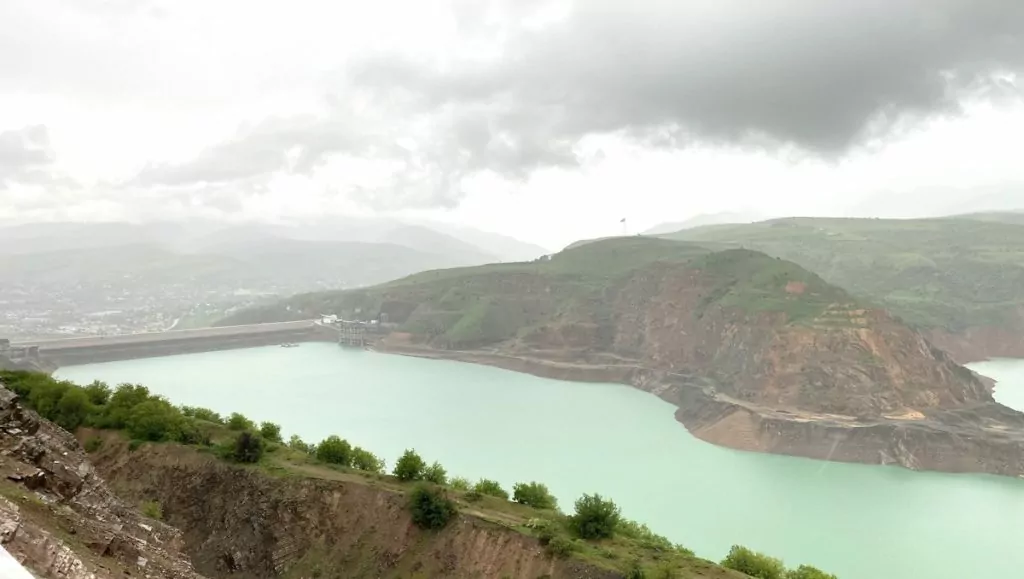
Get there via the ski resort of Chimgan where there is a cable car that takes you up to around 2000 metres. Check the weather beforehand just so it doesn't rain. It takes less than an hour to get there, but the road is beautiful and the snow-capped peaks and green sides have a soothing effect that is enhanced even more if you stop for a cup of tea along the way.
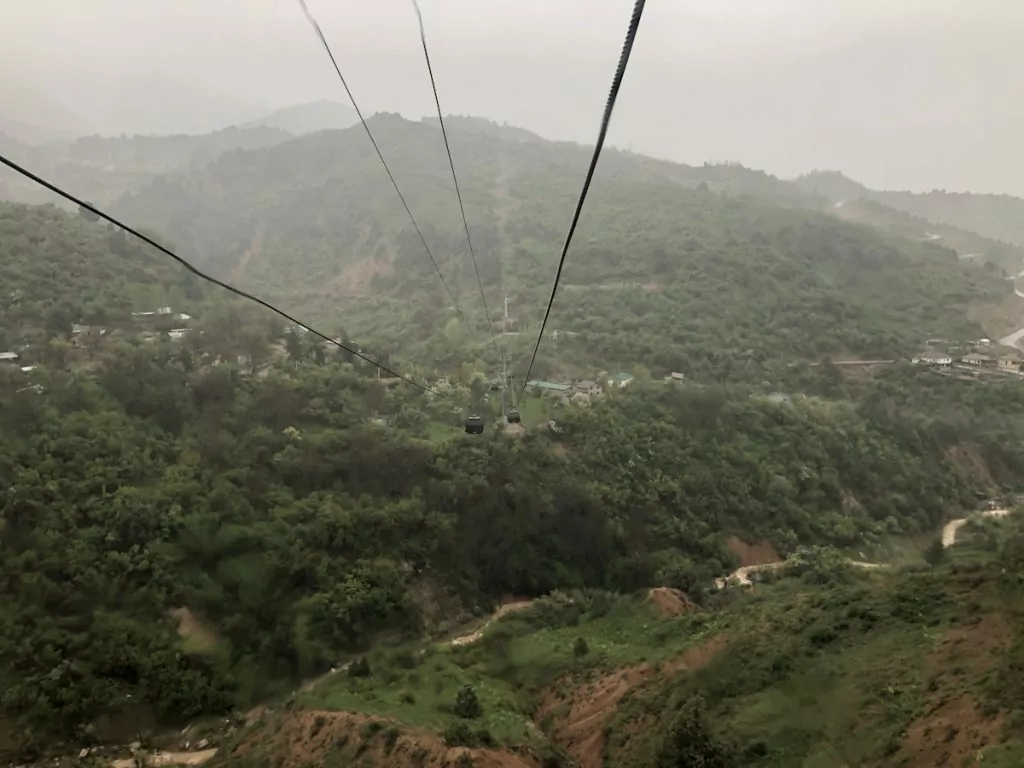
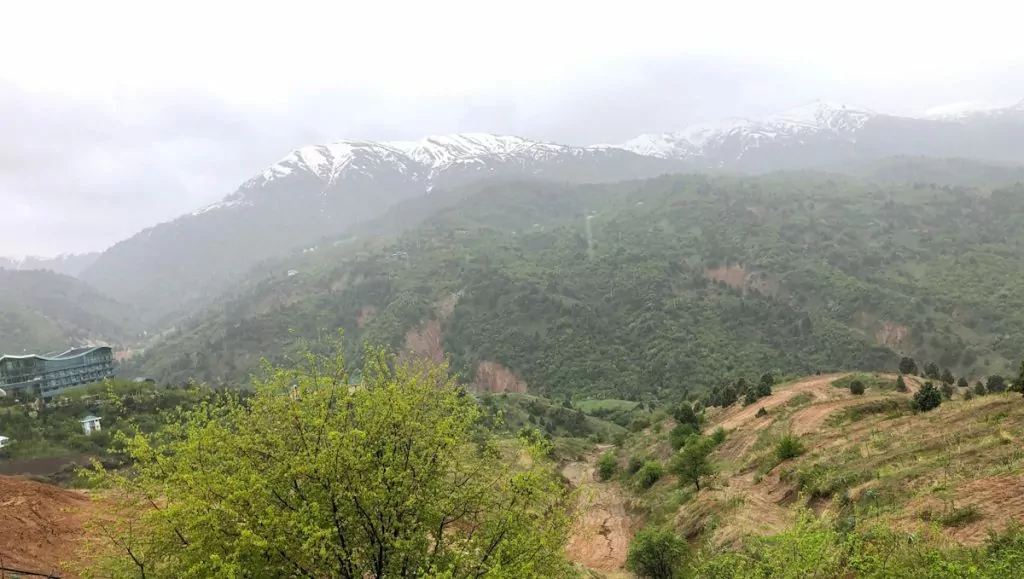
Uzbekistan feels exotic yet relatively safe and secure, so there's a special atmosphere that's hard to describe and that you won't find anywhere else, so maybe it's your next trip?

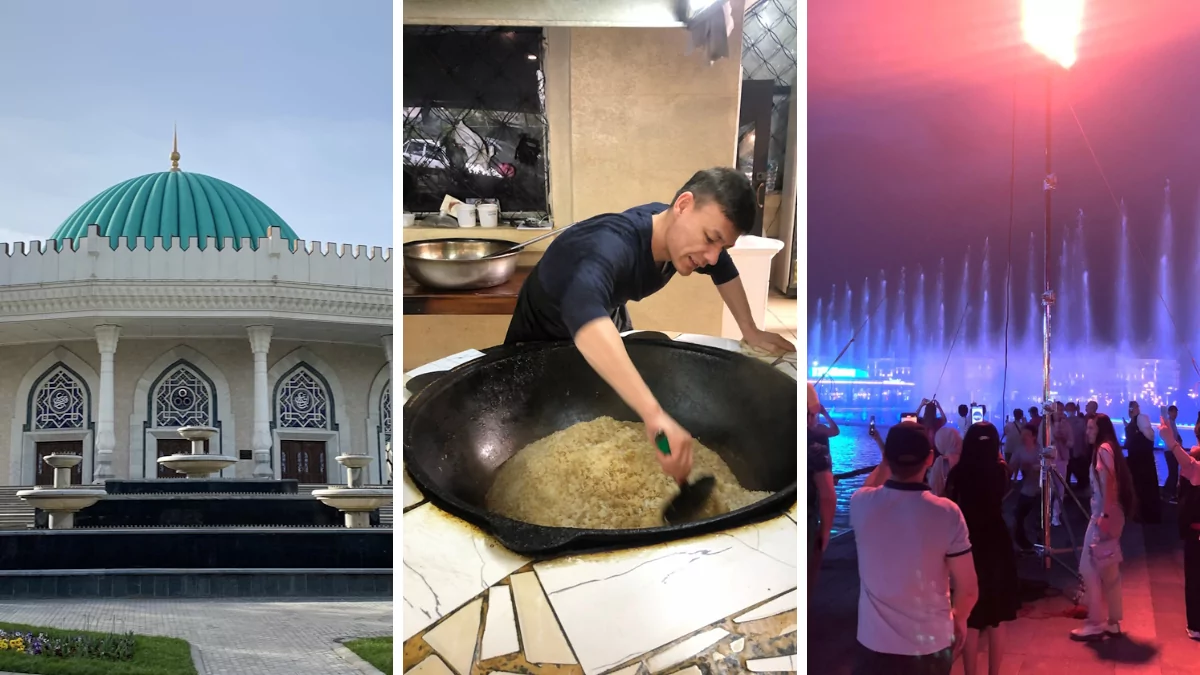







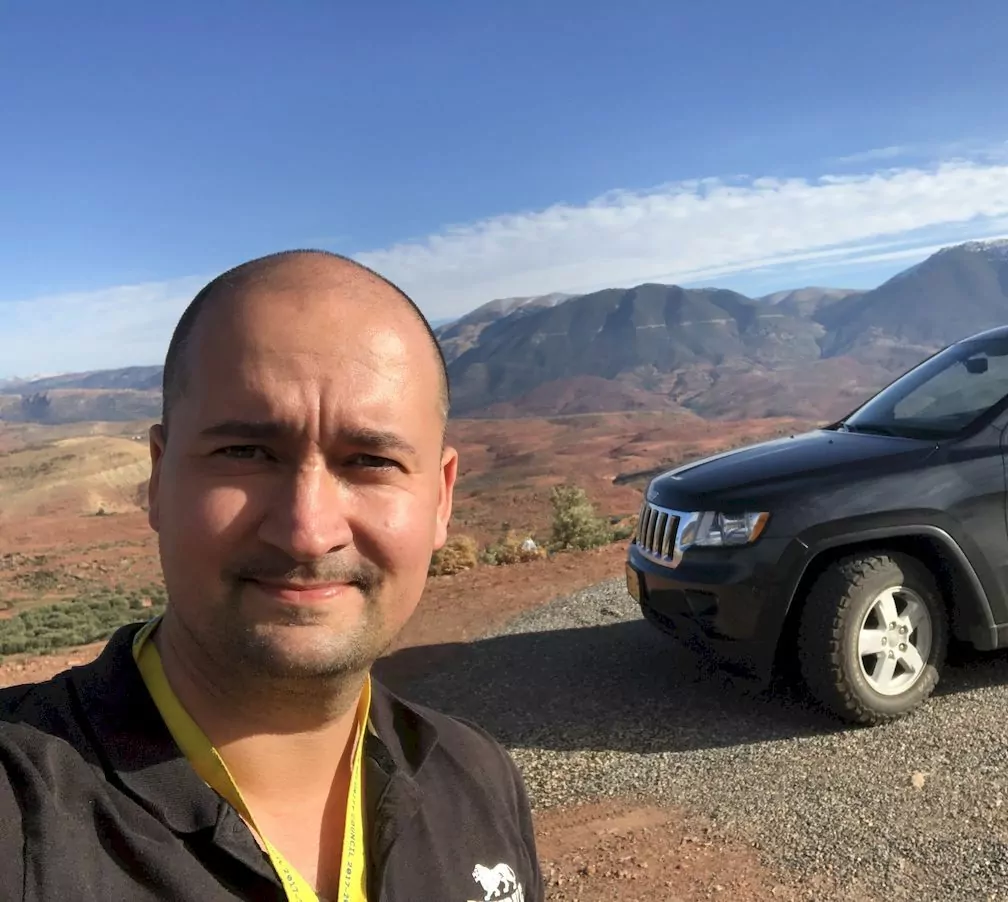
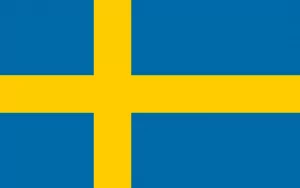
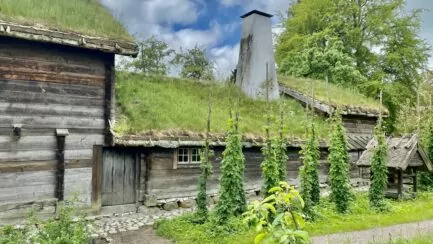
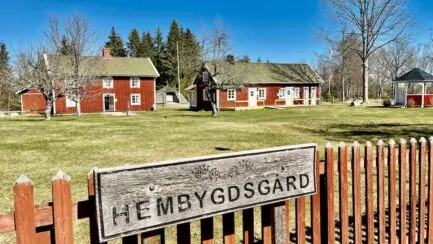
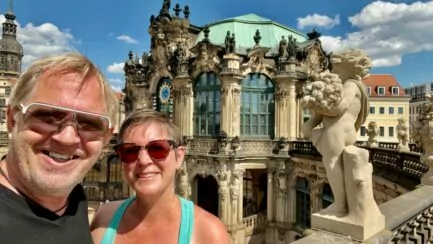
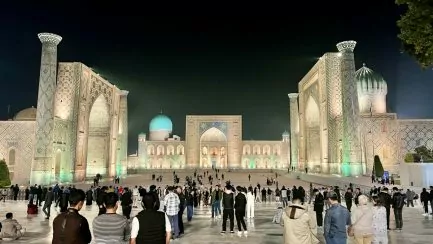
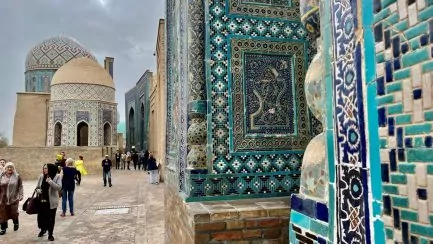




1 Pingback